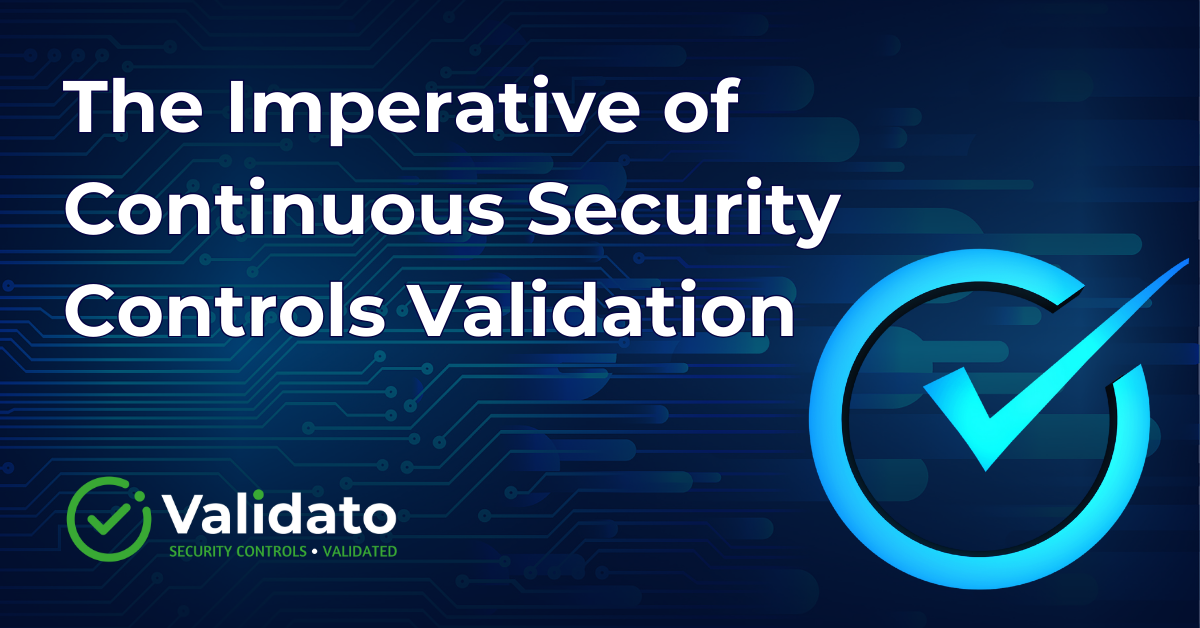Continuous Security Controls Validation is a crucial component of a mature cybersecurity program. It moves beyond traditional point-in-time assessments to provide ongoing, real-time insights into an organisation’s security posture.
In today’s threat landscape, which is marked by sophisticated and rapidly evolving attacks like supply chain compromises and AI-driven social engineering, CISOs need to prove the effectiveness of their security investments to the board. The costs of cyber incidents continue to rise, with a projected global cost of over $10 trillion annually by 2025. Board members are increasingly focused on measuring the return on their significant cybersecurity expenditures, and Continuous Security Controls Validation provides the data-driven metrics to do so.
The Core of Continuous Validation
Continuous Security Controls Validation (CSCV) provides CISOs with objective, quantifiable metrics to answer critical questions for the C-Suite:
- Are we protected? CSCV validates that deployed security tools and policies (e.g., EDR, firewalls, and data loss prevention) are configured correctly and effectively block known and emerging threats.
- Are we detecting threats? It tests the efficacy of a Security Operations Center (SOC) and incident response teams by simulating attack techniques and measuring their ability to detect and alert on malicious activity.
- Are we responding effectively? It validates the speed and effectiveness of incident response playbooks and automation in containing and mitigating attacks.
CSCV platforms, often referred to as Breach and Attack Simulation (BAS), are the primary tools used for this purpose. These platforms automate the simulation of various attack techniques and tactics, frequently mapping their findings to frameworks like the MITRE ATT&CK framework. This approach provides an objective benchmark for an organisation’s defensive capabilities against real-world attacker behaviour.
CSCV in a Modern Security Ecosystem
CSCV isn’t a replacement for other security assessments; rather, it’s an essential part of a holistic security strategy.
- Complementing Pen-Testing and Red Teaming: While a red team engagement or penetration test offers a valuable, human-led, and creative assessment of a system’s security, it’s a snapshot in time. CSCV operates continuously, ensuring that a system remains secure between these manual tests. You can use CSCV to validate that vulnerabilities found during a penetration test have been patched and the fix remains effective. Conversely, red teams can use CSCV data to focus their efforts on specific, high-risk areas.
- Informing Security Posture Management: By continuously probing for weaknesses, CSCV platforms provide real-time feedback on security drift, misconfiguration, and newly introduced vulnerabilities. This data helps security teams prioritise remediation efforts based on the actual risk an issue poses to the organisation.
- Closing the Loop with Threat Intelligence: Modern CSCV solutions integrate with threat intelligence feeds. This allows them to quickly simulate the latest attacker techniques, including those used by specific ransomware groups or state-sponsored actors, and validate an organisation’s defences against current threats.
Continuous Security Controls Validation (CSCV) is no longer a luxury but a fundamental necessity for any organisation serious about cybersecurity. In a world where threats are constantly evolving, relying on static, point-in-time security assessments is like trying to navigate a storm with an outdated map. The proactive and data-driven approach of CSCV provides CISOs and board members with the objective metrics they need to demonstrate the effectiveness of their security investments and ensure their defences are constantly tuned to the current threat landscape. By continuously verifying the efficacy of security tools, detecting threats, and validating response capabilities, CSCV closes the loop on security posture management. Ultimately, it allows organisations to move from a reactive stance to a proactive one, building genuine resilience against the sophisticated attacks of today and tomorrow.
The Bottom Line
Data breaches are dangerous, especially to small and medium-sized businesses. In fact, 60% of small companies that suffer data breaches end up going out of business within six months. That’s why it’s important for businesses to take a proactive approach to cyber security. It means making sure you’ve updated your software, conducted penetration tests, and are aware of how to avoid potential threats.
Contact Validato for more information regarding Continuous Security Controls Validation.


